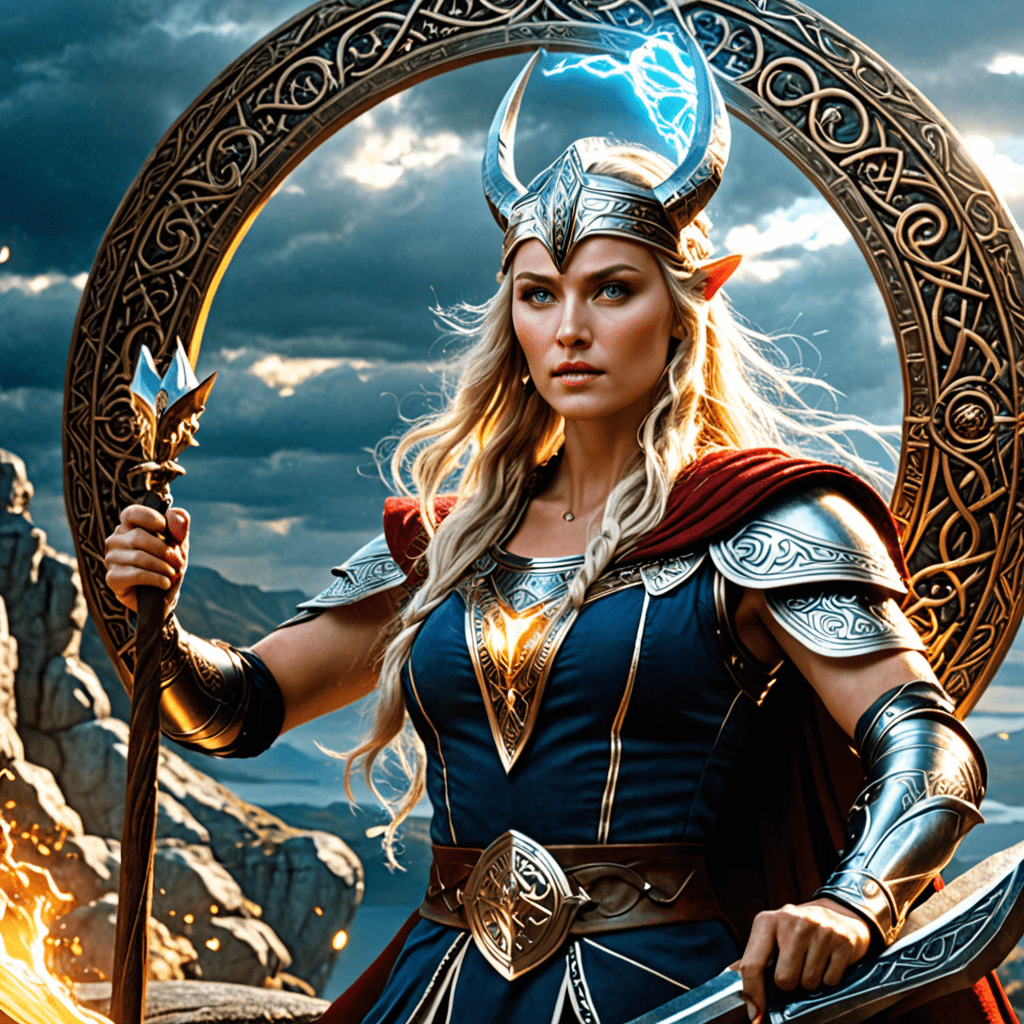End of the World Myths: Are They Just Stories?
1. Introduction
Throughout history, cultures around the globe have spun intricate tales surrounding the end of the world. These end-of-the-world myths serve not only as cautionary tales but also as reflections of the societal fears and values of their times. In an era increasingly dominated by rapid change and uncertainty, understanding these myths has never been more crucial. This article aims to delve into the nature of these apocalyptic narratives and explore their implications in contemporary society.
2. Historical Context of Apocalyptic Myths
End-of-the-world myths are prevalent across numerous ancient civilizations, each reflecting the unique fears and values of their people. Some significant examples include:
- Mayan Civilization: The Mayans believed in cyclical time, and their calendar famously led to the speculation that the world would end in 2012. This perception was rooted in their understanding of time as a series of cycles, each ending and beginning anew.
- Norse Mythology: The concept of Ragnarök, or the end of the world, envisions a series of events leading to the death of many gods, the destruction of the world, and its eventual rebirth.
- Christian Theology: The Book of Revelation describes an apocalyptic vision filled with symbolism and prophecy concerning the final judgment and the establishment of a new heaven and earth.
These myths reflect the anxieties of their eras, often emerging during times of crisis, war, or societal upheaval. Over time, apocalyptic narratives have evolved, adapting to the changing fears of humanity as technology and societal structures have progressed.
3. Major Theories Explaining Why We Create End-of-the-World Myths
Several theories attempt to explain the prevalence of end-of-the-world myths:
- Psychological Perspectives: Fear and anxiety are intrinsic to the human condition. Apocalyptic myths can serve as a coping mechanism, allowing individuals to articulate their fears and find solace in shared narratives.
- Sociological Perspectives: Such myths can strengthen group identity and social cohesion. They create a shared narrative that can bring communities together, especially during uncertain times.
- Anthropological Perspectives: Myths play a crucial role in cultural storytelling. They provide frameworks through which societies understand their past, present, and future.
4. Case Studies of Prominent End-of-the-World Predictions
Several notable predictions have captured public attention, often leading to widespread panic or curiosity:
- The Mayan Calendar and the 2012 Phenomenon: The end of the Long Count calendar ignited fears that a cataclysmic event would occur. In reality, it marked a transition rather than an end.
- Y2K and the Tech Apocalypse: The turn of the millennium raised fears of widespread computer failures, with predictions of chaos as systems faltered. Ultimately, the event passed with minimal disruption.
- The “Rapture” Movement: Certain Christian groups have predicted an imminent Rapture, where believers are taken up to heaven, leaving others behind. These predictions have sparked a range of reactions, from fervent belief to skepticism.
5. The Role of Religion in Apocalyptic Myths
Religion plays a significant role in shaping apocalyptic narratives. Key aspects include:
- Religious Texts: Many religious texts contain apocalyptic themes. For instance, the Book of Revelation in Christianity provides vivid imagery of the end times, while Hindu texts describe cycles of creation and destruction.
- Societal Beliefs: Religion influences how societies perceive and prepare for potential end times, often shaping moral and ethical frameworks.
- Faith and Fear: The interplay between faith and fear can intensify beliefs in apocalyptic scenarios, leading to significant societal impacts.
6. Scientific Perspectives on Apocalyptic Scenarios
While many apocalyptic myths are steeped in fantasy, real-world threats pose existential risks to humanity:
- Climate Change: The scientific consensus warns of severe consequences due to climate change, including extreme weather events, rising sea levels, and biodiversity loss.
- Nuclear War: The potential for global conflict involving nuclear weapons remains a significant threat, leading to fears of catastrophic destruction.
- Pandemics: The COVID-19 pandemic has highlighted vulnerabilities in global health systems, emphasizing that viral outbreaks can have far-reaching impacts.
Understanding these threats through a scientific lens is crucial, contrasting with the often sensationalized narratives found in myths. Critical thinking and discernment are essential in evaluating these claims and determining appropriate responses.
7. The Media’s Influence on End-of-the-World Narratives
The media plays a pivotal role in shaping public perceptions of apocalyptic scenarios:
- Movies and Literature: Popular culture often dramatizes end-of-the-world scenarios, which can amplify fears and anxieties among audiences.
- Sensationalism: News outlets may promote fear through sensationalist reporting, leading to public panic over potential threats.
- Social Media: The rapid spread of information (and misinformation) on social platforms can significantly influence beliefs about apocalyptic events, often leading to viral panic.
8. Psychological and Cultural Impacts of Believing in Apocalyptic Myths
Believing in apocalyptic myths can have profound effects on individuals and societies:
- Mental Health: Individuals may experience anxiety, paranoia, and existential dread as a result of believing in impending doom.
- Societal Behavior: Such beliefs can influence policy-making and societal behavior, leading to either apathy or proactive measures for change.
- Positive Outcomes: In some cases, apocalyptic fears can mobilize individuals toward social change and environmental activism, channeling anxiety into constructive action.
9. Debunking Myths: Critical Thinking and Rational Discourse
To counter the influence of apocalyptic myths, it is essential to engage in critical thinking and rational discourse. Strategies include:
- Evaluating sources of information for credibility and accuracy.
- Encouraging open discussions about fears and beliefs without judgment.
- Promoting scientific literacy to differentiate between myth and reality.
By fostering a culture of inquiry and skepticism, societies can navigate the complexities of existential threats without falling prey to unfounded fears.
Conclusion
End-of-the-world myths have captivated humanity for centuries, serving as mirrors reflecting our deepest fears and societal values. While these narratives can provoke anxiety and shape behaviors, understanding their origins and implications allows us to approach them with a critical mindset. By distinguishing between myth and reality, we can better prepare for the challenges that lie ahead and channel our fears into positive action for a sustainable future.


